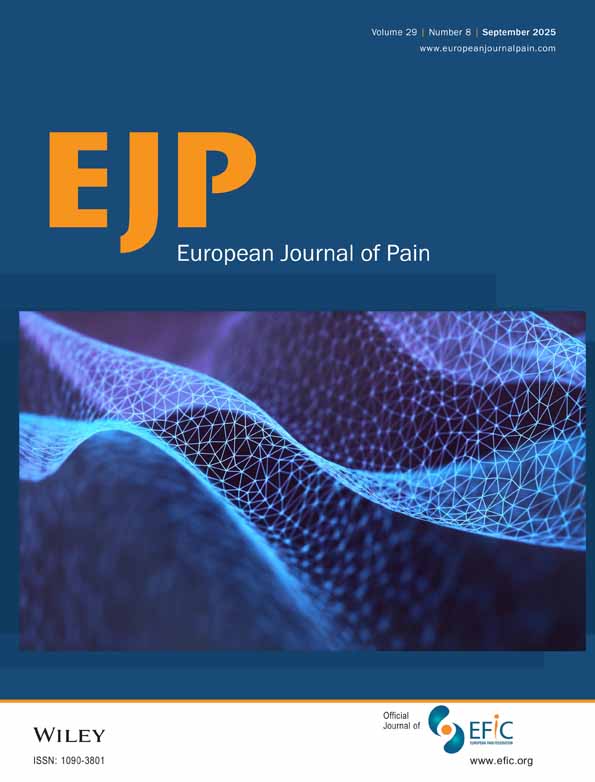Does the number of musculoskeletal pain sites predict work disability? A 14-year prospective study
ABSTRACT
Various risk factors associated with disability pensioning have been reported. This study investigated the relationship between the number of pain sites and risk of receiving a disability pension. We hypothesised that risk of work disability would increase as the number of pain sites increased, even after controlling for potential confounders. In 1990 and 2004, questionnaire on musculoskeletal pain was sent via post to six age groups in Ullensaker, Norway. Data on demographic, health and work-related variables were also collected. After excluding individuals due to reach retirement age in 2004, we followed 1354 (66%) persons who were classified in 1990 as “employed”, “unemployed”, “homemaker”, or “student”. Among them, 176 persons had received long-term or permanent work disability pension in 2004. Bivariate analyses showed that the prevalence of disability pensions was strongly associated with the number of pain sites. Controlling for gender and age almost unaltered the relationship. However, a model controlling for all significant confounders showed that general health and sick leave previous year captured almost all the predictive power of the number of pain sites on work disability. Since these variables could be seen as intermediate variables and not confounders, they were excluded in a new model which gave a strong “dose–response” relationship between number of pain sites and disability with a 10-fold increase from 0 to 9–10 pain sites. The predictive validity of the number of pain sites in determining future disability renders this simple measurement useful for future research on musculoskeletal pain and functioning.




